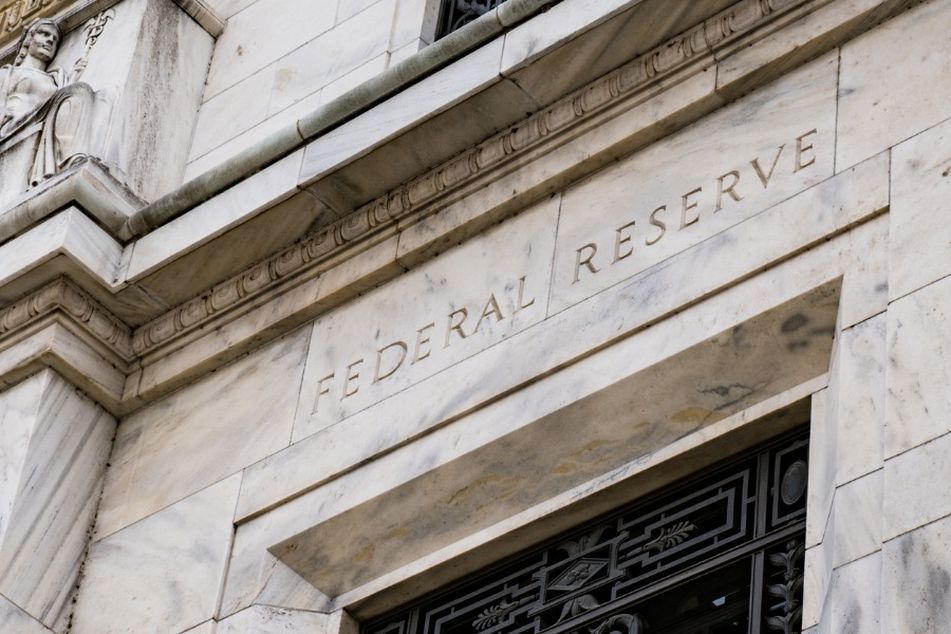Fed should better explain decisions, says Cleveland president

Loretta Mester says people should be helped to understand policy.
Federal Reserve Bank of Cleveland President Loretta Mester said the US central bank should consider ways to better communicate to the public how economic conditions will affect future policy decisions.
Speaking in Tokyo on Tuesday, Mester recommended two key changes: adding more words to the Fed’s post-meeting policy statement – to describe how officials assess economic developments and potential risks to the outlook – and more detail to its quarterly summary of policymakers’ economic forecasts.
“Enhancements to communications would make monetary policy more effective in normal times and also improve the effectiveness of nonconventional policy tools, such as forward guidance, in extraordinary times,” she said in prepared remarks at a conference hosted by the Bank of Japan.
The Cleveland Fed chief, who votes on the Fed’s policy-setting committee this year, said she expects officials to consider communications as part of the five-year review of their policy framework set to kick off toward the end of 2024. She did not comment on the outlook for the economy or interest rates.
Mester said increasingly short policy statements, while often seen as a virtue, can also be problematic as each word takes on added significance. They can also make it harder for the public to see the link between economic developments and policy decisions.
She said it would be better for policymakers to “take control of the narrative” and use more words to describe how economic developments have affected the outlook, and the potential risks to that outlook.
Putting more emphasis on risks “would give market participants and the general public a better sense of the contingent, data-dependent nature of policymaking and would raise the central bank’s credibility in that a change in policy would be seen less as a breach of promise,” she said.
Mester also said scenario analysis – or describing how different scenarios would lead to different policy actions – should also be a standard part of Fed communications.
“This could be particularly useful in periods like today when the underlying structural elements of the economy may have changed,” she said.
The Fed should also consider publishing an anonymized matrix connecting officials’ forecasts for interest rates – often referred to as the “dot plot” — with their projections for growth, unemployment and inflation in their Summary of Economic Projections, Mester said.
“Currently, the variables in the SEP are not linked across participants, and the median paths provided don’t necessarily represent a coherent forecast,” she said.
Connecting the dots would give the public a better sense of how each individual official would adjust policy based on changing economic conditions, Mester said, echoing an argument Chicago Fed President Austan Goolsbee also made in May.
Mester will step down from her role as Cleveland Fed president in June when her term expires.
Balance Sheet
Speaking on the same panel, Fed Governor Michelle Bowman focused her prepared remarks on the Fed’s balance sheet, the reduction of which “has proceeded relatively smoothly,” she said.
Fed officials will slow the pace at which they’re shrinking the balance sheet starting next month, and have said they intend to stop when the level of bank reserves are somewhat above a level they deem ample.
“In my view, we are not yet at that point,” Bowman said, adding that she would have supported waiting to slow the pace of asset runoff or implementing a more tapered slowing.
“In my view, it is important to continue to reduce the size of the balance sheet to reach ample reserves as soon as possible and while the economy is still strong,” she said. “Doing so will allow the Federal Reserve to more effectively and credibly use its balance sheet to respond to future economic and financial shocks.”
Learn more about reprints and licensing for this article.








